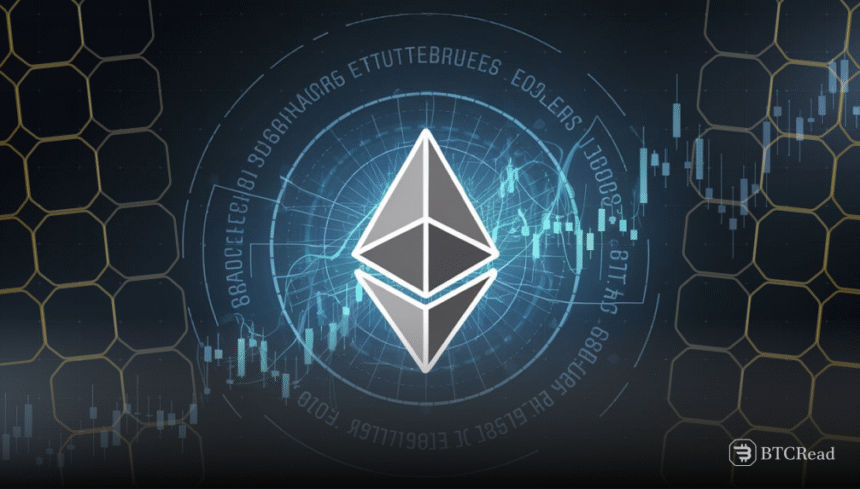Between April 20 and April 22, 2025, user engagement on Ethereum’s network increased significantly. The number of active addresses rose from 306,211 to 336,366 during this time. In just 48 hours, this amounts to a 9.85% growth. The increase coincides with ETH’s market price rising, indicating increased short-term blockchain use.
Activity growth mirrors ETH price uptick
The surge in active Ethereum wallets emerged together with an upward price trajectory of Ethereum currency. During the same period, market observers monitored the price trajectory of ETH because its value shared a direct relationship with address engagement. The price fluctuation exhibited a parallel increase with user transactions during the same period.
Blockchain data counts addresses as active if any wallet address sends or receives assets during the monitored time period. The figures exclude inactive wallets; therefore, the metric tracks actual user behavior rather than empty accounts.
A deeper analysis on the this development indicates that, while Ethereum recorded 336,366 active addresses, marking a rise from previous days. The price of Ethereum stood at $1,756.98, continuing a notable uptrend over the past 48 hours.
Consistent weekly activity was indicated by the 7-day Simple Moving Average (SMA) of active addresses, which was 322,385. After bottoming under 300,000 on April 13, Ethereum’s active addresses rose sharply. From April 20, the active address count and price both started to rise together, suggesting coordinated network and market activity.
Broader metrics show a more detailed picture
Ethereum’s usage on Layer 2 networks and bridges also plays a role. These platforms handle a share of Ethereum’s traffic, and any increases there may reflect broader user shifts. In addition, comparing new and recurring addresses can determine if user interest is expanding or if it stems from existing users.
Ethereum supports many decentralized applications and projects across its network. Any increase in address activity and price movement can ripple through the ecosystem. Data from April 20 to 22 showed that activity was concentrated enough to reflect network-wide movement.







